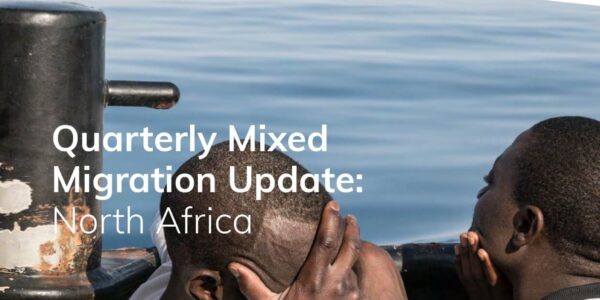
“Mixed migration” refers to cross-border movements of people, including refugees fleeing persecution and conflict, victims of trafficking, and people seeking better lives and opportunities.
People engaged in mixed migration are motivated to move by a multiplicity of factors, have a range of legal statuses and a variety of vulnerabilities. Although entitled to protection under international human rights law, they are exposed to multiple rights violations along their journey. Mixed migration describes migrants traveling along similar routes, using similar means of travel – often traveling irregularly, and wholly or partially, assisted by migrant smugglers.
MMC uses the term ‘mixed migration’ primarily for three reasons:
Firstly, the term has value in describing those on the move while they are on the move, or in transit, however long the journey takes. The term cannot be applied to people before they have left their place of origin, just as it cannot be applied to those who have arrived and settled at a point of destination.
Second, the term has value from a protection perspective insofar that while on the move, people in mixed migration, irrespective of status, whether refugees or migrants, face similar risks and vulnerabilities from the same causes and/or perpetrators.
Thirdly, the term recognises that the drivers for the movement of migrants are various and often intertwinedand influence eachother:people feel compelled tomove inter alia due to persecution and conflict, poverty, discrimination, lack of access to rights, including education and health, lack of access to decent work, violence, gender inequality, the wide-ranging consequences of climate change and environmental degradation, separation from family and driven by aspirations







